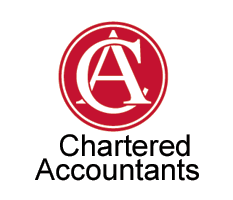For practical purposes, most small businesses will forecast their profits for a specified period when creating their budget. Once you have determined the profit amount you can calculate the expenses that will be incurred in order to make the profit amount and the income that will need to be generated in order to cover the amount of expenditure. To construct your budget step by step, you will need to:
1 – Target desired profit: Estimate the amount that your business needs to make in order to provide a return on financial and labour investments.
2 – Determine operating expenses: Calculate the expenditure required to provide your desired profit, taking into account fixed and variable costs, as well as inflation rates.
3 – Calculate gross profit margin: The gross profit margin will be the sum of your net profit and your total operating expenses.
4 – Estimate total income: Determine the amount of total income required to achieve your gross profit margin, taking into account the amount the cost to your business of the goods sold to reach your target amount.
5 – Adjust figures: If your calculated figure for your business’s total income is realistic and achievable, your budget is complete. However, if this amount seems problematic, your desired profit margins and operating expenses will need to be adjusted accordingly.
When creating your budget, it is important to construct a well planned and comprehensive document. Be sure to make your estimates based on past performance, the current economic climate, and realistic figures. You should also consult financial professionals, such as your bank or accountant, to add detail and accuracy to your estimations. It can take time and effort to plan your budget properly, but in the end you will have a document that will be more effective in helping you to manage your business’s finances, and to plan for the future.


